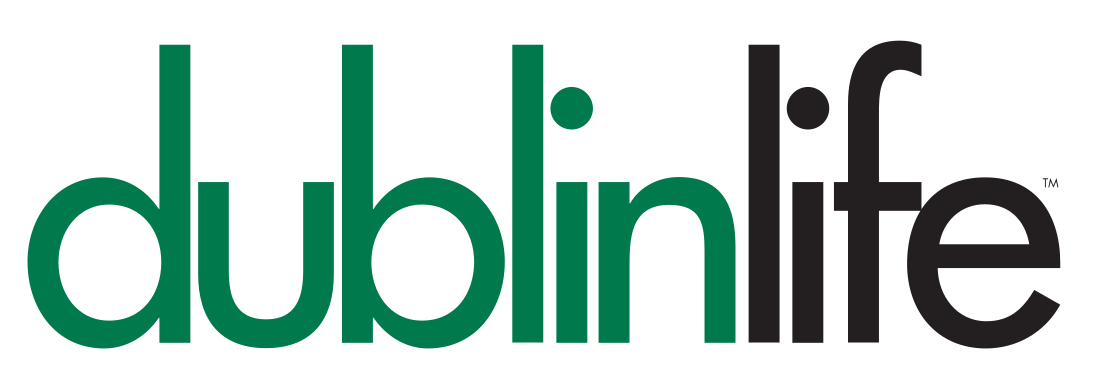
Dissatisfied with contemporary painting, Wynter Whiteside found a whole new realm of untapped possibilities when she spontaneously traded her paintbrush for a needle and thread.
Using thread as one might use a sketching pencil, Whiteside began adding other types of media to her repertoire with her threadwork, creating contemporary abstract pieces that would be shown in a variety of exhibits in cities including Columbus, Cincinnati, Chicago, San Francisco and Grand Rapids, Mich. The Columbus-based artist now juggles her own art with curatorial projects – all while working a full-time job.
“I’m trying to find a happy medium right now between the two,” Whiteside says.
Whiteside got her start as an artist as a high school student in the Fort Hayes Metropolitan Art Program, as one of a small group of students selected to have a personal studio. After taking a year off after high school, Whiteside enrolled in the Columbus College of Art and Design, where she focused on contemporary and romantic painting.
“I’ve always been interested in connecting the old with the new,” she says.
It was during an independent study program at Burren College of Art in Ballyvaughan, Ireland that Whiteside embraced threadwork, after she bought a small sewing kit on a whim. She didn’t know much about embroidery, which added to the allure of the unknown.
“It’s very emotional and very gratifying to paint,” she says.
Sometimes, though, the medium doesn’t allow her the opportunity to get close to her work. The meticulous embroidery process allowed for more consideration.
Most of the time, Whiteside meets a blank canvas with a basic idea of what she wants to create.
“The time allows you to think more about your next move,” she says.
Working three or four hours daily, Whiteside takes about six months to create a 3-foot-by-3-foot piece.
“It’s frightening, at first, that it takes this long,” she says.
Her collection, which includes thread and paint, remains incomplete. Whiteside has incorporated wood paneling into her newer work, securing her thread onto the paneling with clear glue – it’s much quicker that way, she says.
Her threadwork, however, has left an indelible mark on the way she approaches a piece. Even when she paints, Whiteside finds her brushstrokes to be smaller and more detailed.
“I’m painting as if I’m sewing now,” she says.
Whiteside draws her inspiration from a variety of sources, including nature, vintage children’s books, Japanese pop art and architectural drawings. She tries to prevent trending art themes from influencing her work, though.
Whiteside considers herself as much of a curator as she is an artist. Fresh out of CCAD, she tried her hand at showing an independent exhibit in a local gallery.
“I was addicted to it,” she says.
In 2008, her foray into curating culminated in a show called Sugarcraft, an exhibit shown in Chicago and Columbus that included work from 75 artists from all over the world. Inspired by the vintage and handmade goods website Etsy, Whiteside created a show built around sensuality, femininity and mass production.
Putting the show together over the course of two years, Whiteside found participants through friends and acquaintances, and also by browsing the Web.
While Whiteside shows outside of the state most of the time, she holds a local show once every few years. One of her goals is to have a locally based exhibit that includes local and out-of-town art.
Whiteside’s stripped-down selection process sets her apart from more traditional curators and enables her to include work from both novices and seasoned artists. Art school and resumes don’t matter; Whiteside only pays attention to the piece itself and how it adheres to her topic.
“I look only visually,” she says.
Whiteside hasn’t curated a group show in three years; her productivity is sort of a balancing act between curating and producing her own art.
A full-time job as an administrative assistant in a chiropractic office also takes up a good bit of Whiteside’s daylight hours. Evenings are spent working on commissions. When Whiteside isn’t feeling particularly artistic, she can don her curator’s cap.
The public relations and business side of curation come easily to Whiteside, who gravitated toward organization and planning even as a child. Finding trends and similar ideas in art is just as rewarding to her as creating her own work. The collection process becomes an art in itself.
Whiteside’s own art is still evolving as she searches for the best medium to express herself.
In her newest piece, she experiments with a process she calls “nesting,” where she literally builds a small nest of yellow thread upon a larger panel. The piece, still in progress, symbolizes maternal instincts, nature, comfort and organization.
In the future, Whiteside wants to apply what she’s learned from embroidery to her painting.
“I’ve learned patience with the thread,” she says.
Sarah Sole is a contributing writer. Feedback welcome at gbishop@cityscenemediagroup.com.





